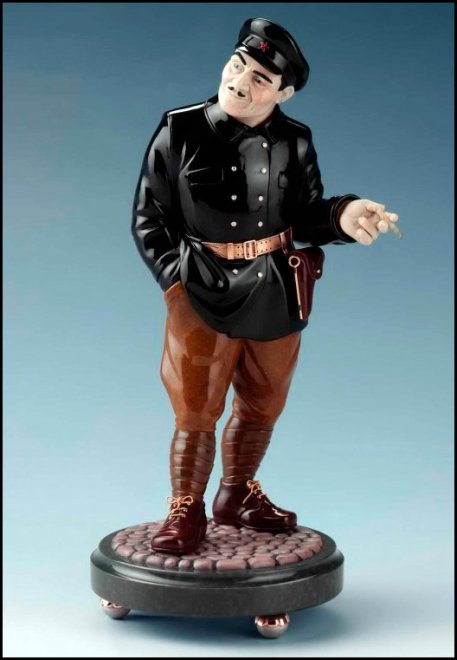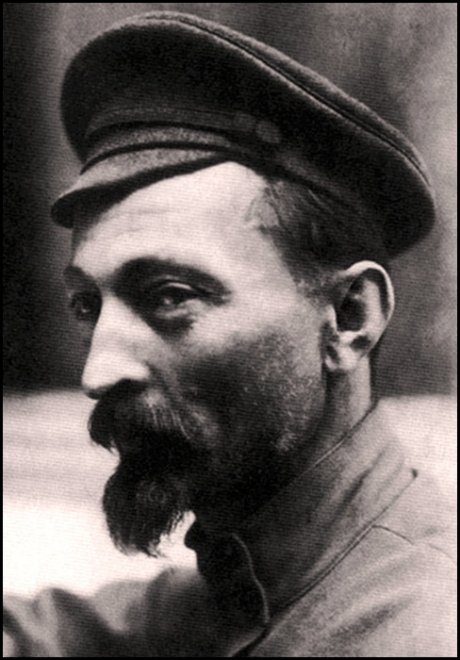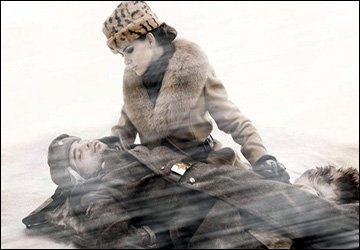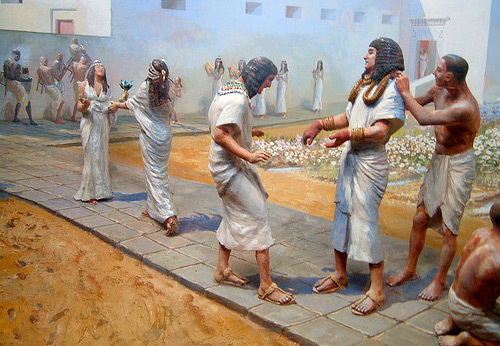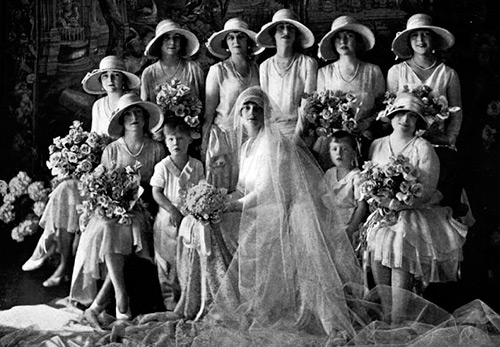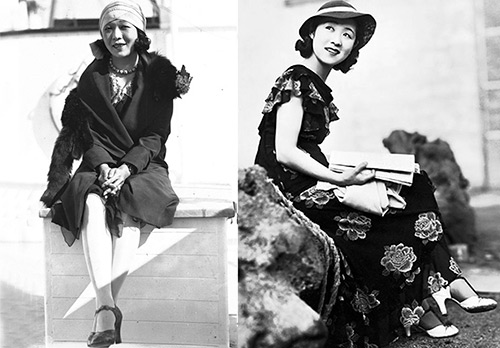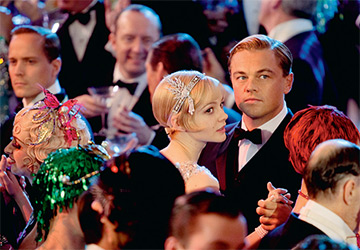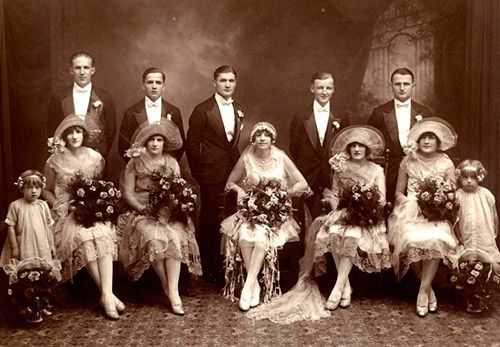Fashion history
Leather of the red commissars
Red commissars wore leather jackets. The Chekists wore leather jackets, and the Chekists too. Kozhanka became a kind of fashionable trend of the revolution, no matter how inappropriate at first glance this word may sound here. The peak of popularity of leather jackets falls on 1917 - the first half of the 1920s. In the 30s, the leather jacket was no longer so popular. The leather became a symbol of anti-bourgeoisness, a symbol of a new authorities... "Leather is the second," tanned "leather of the revolutionary." Leather jacket is elite, and the youth of that time also strives to acquire a leather jacket. Kozhanka is an attribute and symbol of "proletarian culture". And putting on a leather jacket is like getting a new status, becoming a part of a new world and not just itself, but its top, those who create this new world.
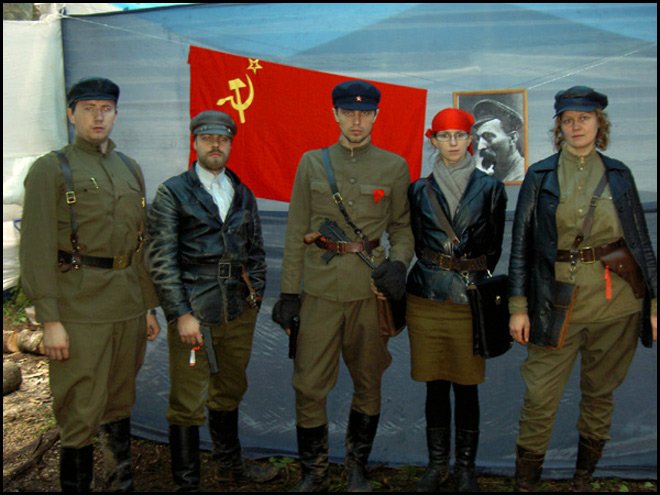
But leather jacket not just clothes, it is a pass and admission. So in the novel by N. Ostrovsky "How the Steel Was Tempered" only after putting on a leather jacket, the main character was able to get on the train. Yes, he still threatened with a pistol, but the leather jacket played its role, it has already become firmly associated with the "commissar status" of its owner.
Chekists also wore leather jackets. Think of Ksanka from the movie "The Elusive Avengers. Crown of the Russian Empire ”, she was wearing a leather jacket and a red kerchief (a kerchief, which was tied at the back of the head, and not under the chin, as before), as well as a short haircut. Sharp image. Girl wrestler. The girl in the painting "Decree on Peace" by MM Bozhiy looks the same. Red kerchief, a leather jacket, soldier's boots, a black straight skirt just below the knee, a rifle. However, such a feminine image can be complemented by a Mauser in a leather holster. Revolutionary, she looks like that. But do not come near, he will kill. "Well, who else wants to try the commissary body?" a phrase from the famous film "Optimistic Tragedy", a film of the 60s. Don't you dare see her as a woman, don't you dare consider her weak, she plays on an equal footing.
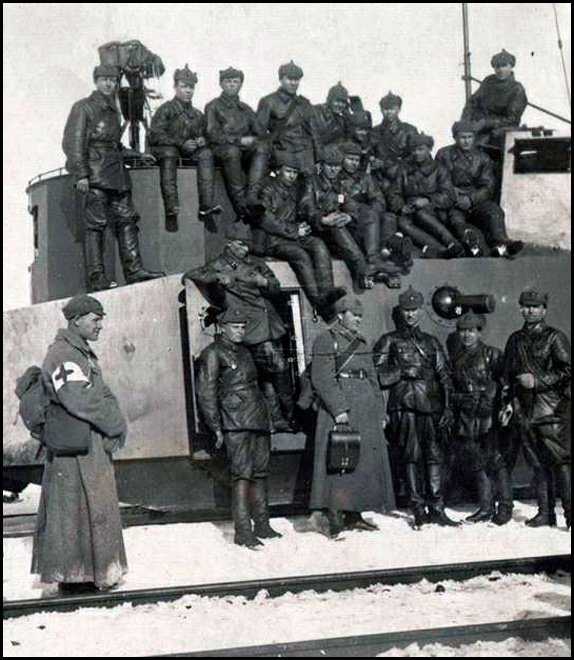
Among the style icons of that time, role models, sometimes Larisa Reisner, a journalist, writer, participant in the civil war, is called: she was the commissar of the reconnaissance detachment of the Volga military flotilla and the commissar of the Naval General Staff. Vsevolod Rozhdestvensky wrote about her like this: “Slender, tall, in a modest gray suit of English cut, in a light blouse with a tie tied like a man's. Dense dark-haired braids lay tight around her head. In the correct, as if chiseled, features of her face there was something non-Russian and arrogantly coldish, but in her eyes, sharp and slightly mocking. " Coldness, mockery in the eyes, strict suits, necessarily light blouses, a tie tied like a man's, this is also the spirit of that era. And they also mention about Alexandra Kollontai. She is a communist, feminist, publicist, diplomat, the world's first woman minister (in the first Bolshevik government she was the people's commissar of public charity). “The new woman is an independent person, her interests are not limited to home, family and love,” Kollontai wrote.
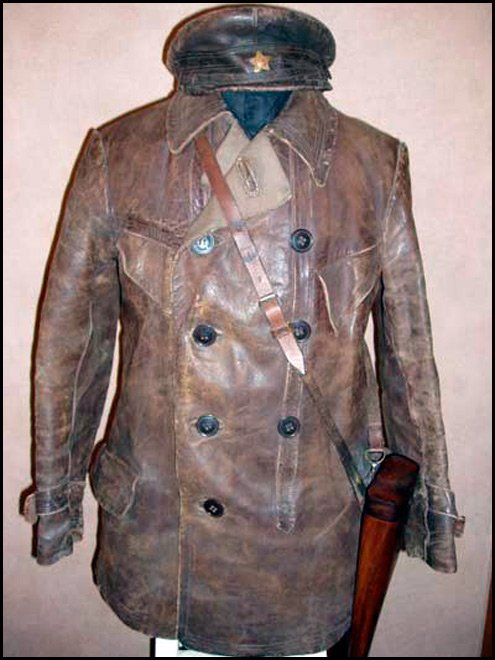
But when leather jackets appeared, did they not come from nowhere during the years of the revolution and the civil war? No, they existed before that. They appear at the beginning of the twentieth century. Leather jackets are former army uniforms. Their cut was based on a French double-breasted jacket. They were worn by military engineers, mechanics, aviators. At the beginning of the twentieth century, a leather jacket will be clothing for drivers and pilots. The leather jackets worn by the red commissars were sewn back during the First World War for the aviation battalion, but they did not have time to vilify them, during the revolution these leather jackets were found in some warehouse and issued to the Chekists as uniforms. Since then, the history of the leather jacket begins, as a symbol of the revolution and no less symbol, an association with the Chekists. The association is strong and enduring. Indeed, to the question of what the Chekists wore in the first years of Soviet power, the answer will be unambiguous - leather jackets.Those same leather jackets.
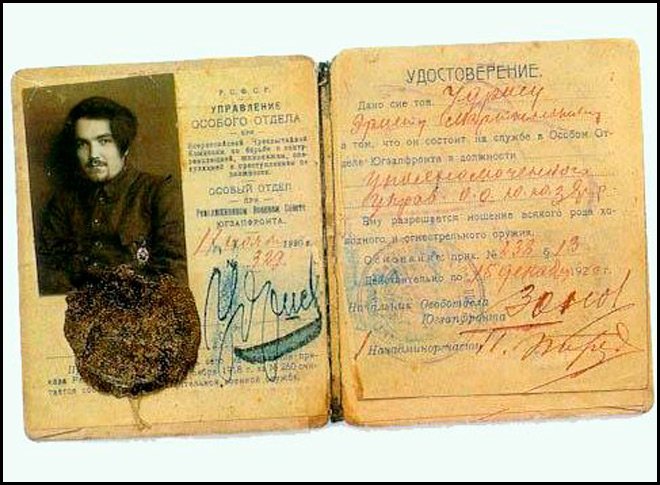
Leather of the red commissars
Comments and Reviews
Add a comment
Rating news
Shades of clothing that make women look younger
What shades of hair make women younger: rules and photos
Funny wedding dresses - photos and ideas
12 most expensive down jackets for the winter
How to look 25 at 40: tips from supermodels
Beautiful schoolgirls
Anti-aging haircuts and hairstyles for women
Fashionable skirts for autumn and winter
Fashionable women's trousers for the cold season
Fashionable and stylish sandals for summer 2024
Spring-summer 2024
 Fashionable dresses and tops with thin spaghetti straps
Fashionable dresses and tops with thin spaghetti straps
 Bandana tops: how to wear stylishly and beautifully
Bandana tops: how to wear stylishly and beautifully
 How to put together the perfect men's wardrobe for the summer
How to put together the perfect men's wardrobe for the summer
 Trendy shorts for spring-summer 2024
Trendy shorts for spring-summer 2024
 Fashionable skirts for spring-summer 2024: a guide to online shopping
Fashionable skirts for spring-summer 2024: a guide to online shopping
 The most fashionable dresses spring-summer 2024: styles and colors
The most fashionable dresses spring-summer 2024: styles and colors
 Fashionable total look 2024: image ideas and trends
Fashionable total look 2024: image ideas and trends
